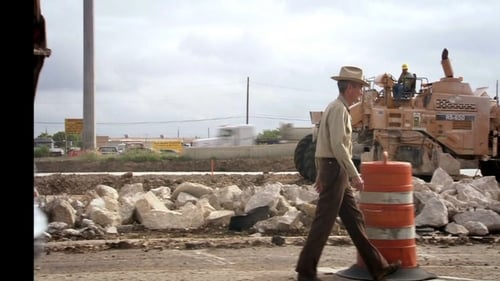
Producer
A cinematic portrait of farmer and writer Wendell Berry. Through his eyes, we see both the changing landscapes of rural America in the era of industrial agriculture and the redemptive beauty in taking the unworn path.

Editor
A cinematic portrait of farmer and writer Wendell Berry. Through his eyes, we see both the changing landscapes of rural America in the era of industrial agriculture and the redemptive beauty in taking the unworn path.

Director
A cinematic portrait of farmer and writer Wendell Berry. Through his eyes, we see both the changing landscapes of rural America in the era of industrial agriculture and the redemptive beauty in taking the unworn path.

Director
One of the great pleasures of working on LOOK & SEE was collaborating with artist and wood engraver Wesley W. Bates. Wesley's work has long accompanied Wendell Berry's poetry. When he agreed to provide original images for our film we were truly thrilled. Because each image involves such painstaking effort, we asked Wesley to film a block from start to finish. At two hours long, the video is a distillation of three days of his effort. And Wesley provided over ten such engravings along with the film's signature block of Wendell Berry.

Editor
A documentary about the development around Barton Springs in Austin, Texas, and nature's unexpected response to being threatened by human interference.

Director
A documentary about the development around Barton Springs in Austin, Texas, and nature's unexpected response to being threatened by human interference.

Producer
In the 100 miles between Baton Rouge and New Orleans there are over 150 petrochemical plants which are responsible for producing 25% of the nation's petrochemicals. This area reports the highest concentration of toxic emissions to the air, land and water in the country. The residents of this area, who are mainly African American and poor, suffer from astronomical rates of cancer, asthma and other medical ailments.

Writer
In the 100 miles between Baton Rouge and New Orleans there are over 150 petrochemical plants which are responsible for producing 25% of the nation's petrochemicals. This area reports the highest concentration of toxic emissions to the air, land and water in the country. The residents of this area, who are mainly African American and poor, suffer from astronomical rates of cancer, asthma and other medical ailments.

Director
In the 100 miles between Baton Rouge and New Orleans there are over 150 petrochemical plants which are responsible for producing 25% of the nation's petrochemicals. This area reports the highest concentration of toxic emissions to the air, land and water in the country. The residents of this area, who are mainly African American and poor, suffer from astronomical rates of cancer, asthma and other medical ailments.








